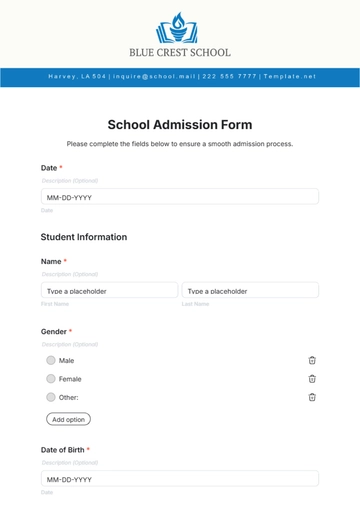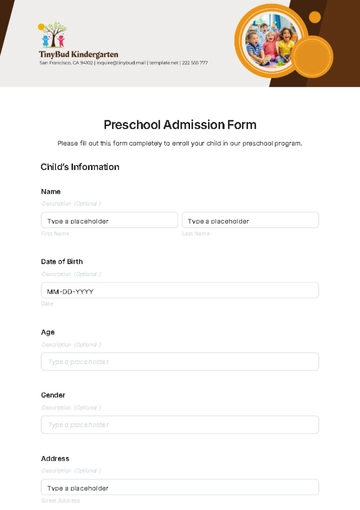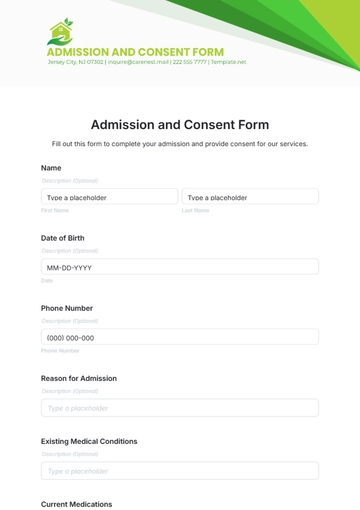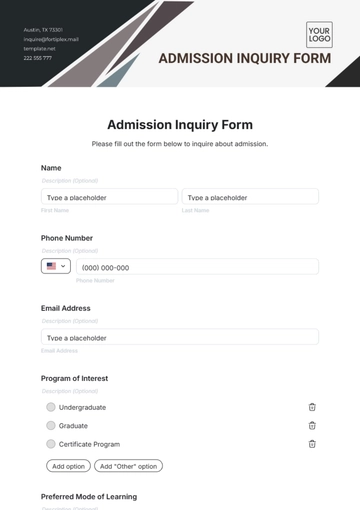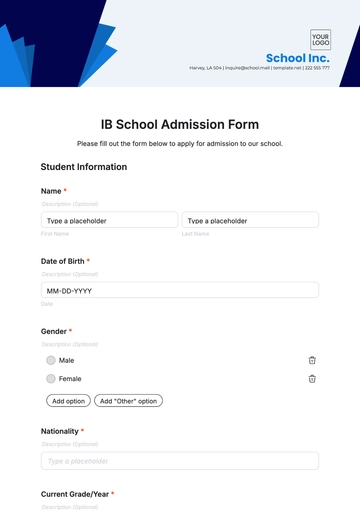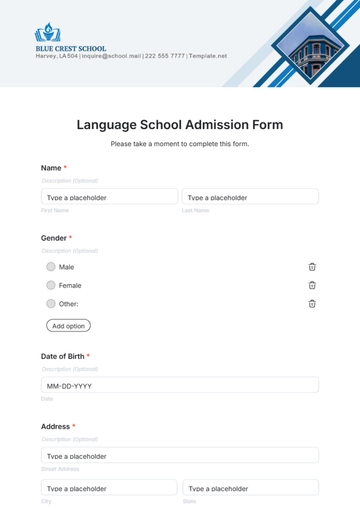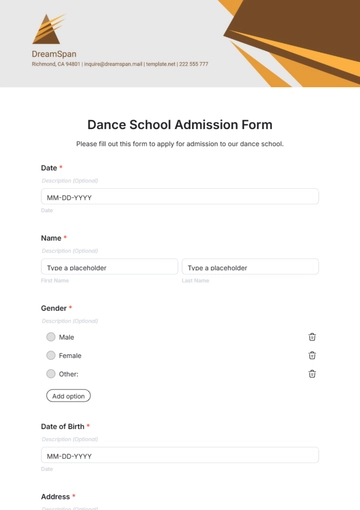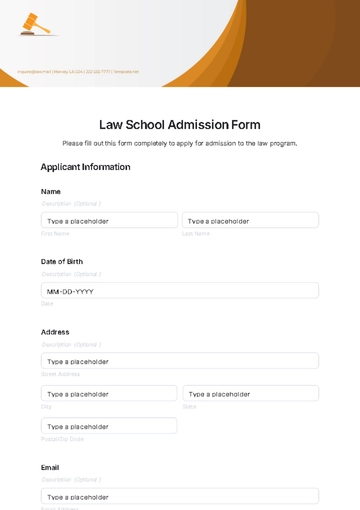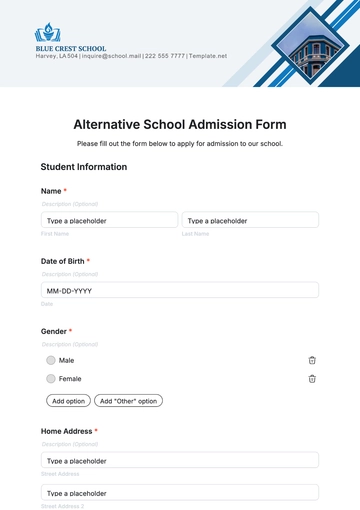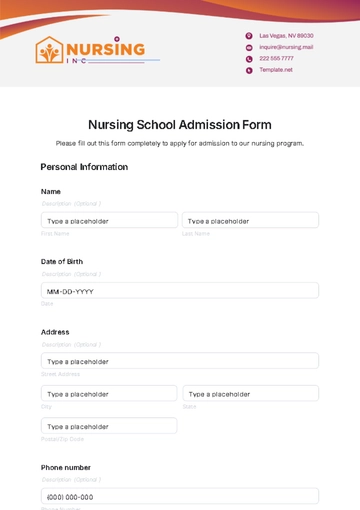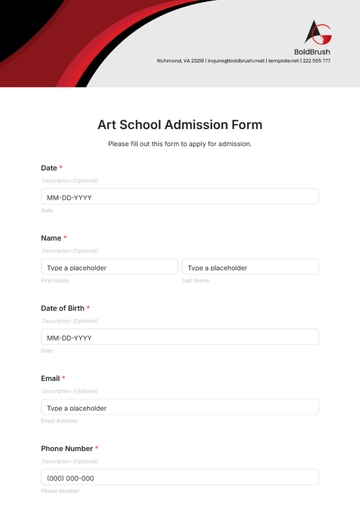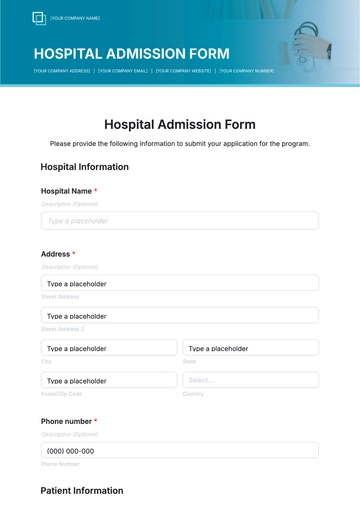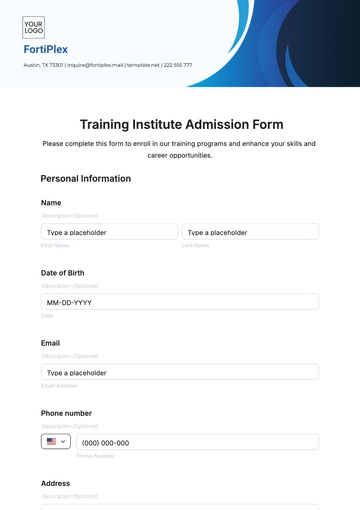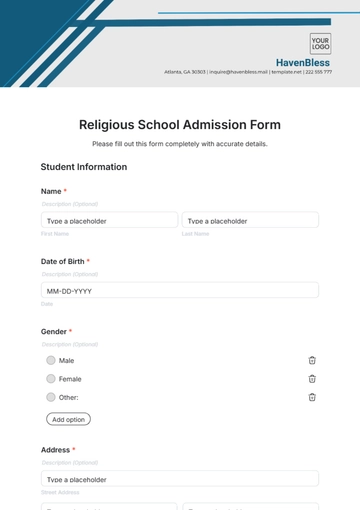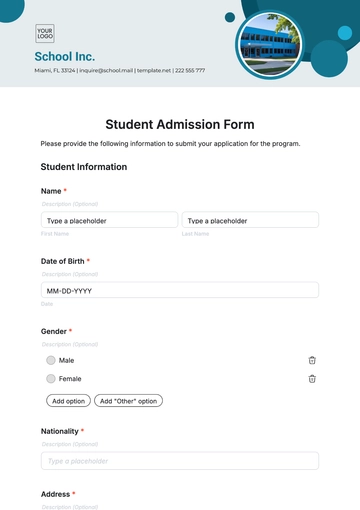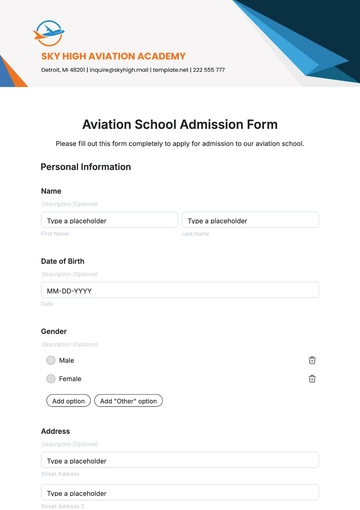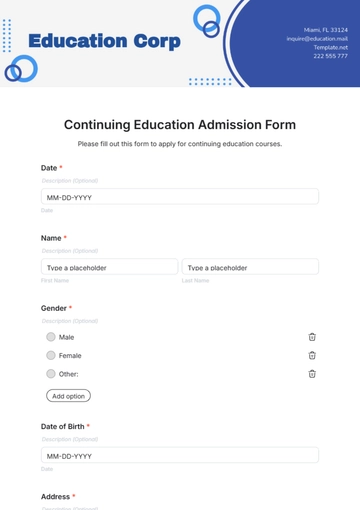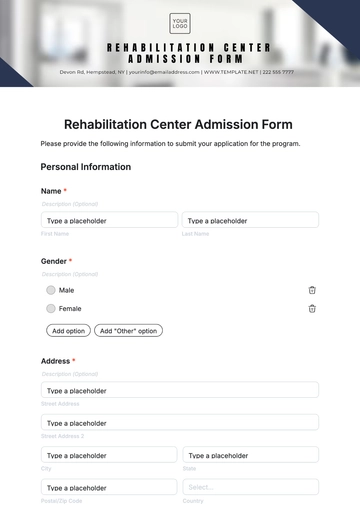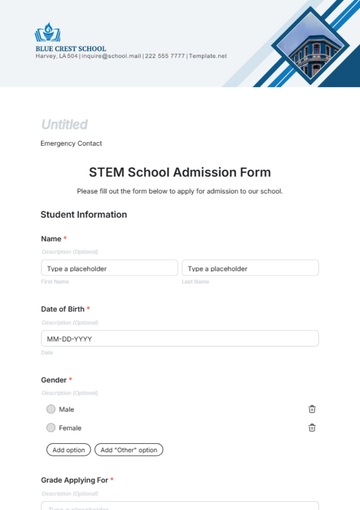Emergency Admission Rules
Prepared By: [YOUR NAME]
Date: [DATE]
I. Introduction
The Emergency Admission Rules constitute a set of meticulously crafted guidelines designed to ensure that patients who require urgent medical care are efficiently admitted into healthcare facilities. These guidelines aim to guarantee that patients receive timely, appropriate, and high-quality treatment. Additionally, they promote an organized and effective admission process, thereby facilitating the seamless operation of healthcare services.
II. Purpose
The primary aim of these regulations is to enhance the efficiency of the admission process, to ensure the protection and entitlements of the patients, and to enable effective coordination among different departments. This coordinated effort is essential to deliver thorough and holistic care to all individuals seeking medical assistance.
III. Admission Criteria
The particular circumstances and scenarios that meet the criteria for emergency admission are thoroughly described in the subsequent sections.
Condition Type | Examples |
|---|
Life-Threatening Conditions | - Severe trauma - Heart attack - Stroke |
Acute Medical Conditions | - Severe infections (e.g., sepsis) - Acute respiratory distress - Severe allergic reactions |
Non-Life-Threatening but Urgent Conditions | - Moderate to severe pain - Broken bones - Uncontrolled bleeding |
IV. Triage Protocols
Detailed instructions and established protocols designed for the systematic evaluation and ranking of patients according to the seriousness and urgency of their medical conditions.
A. Initial Assessment
Vital Signs Evaluation: Measure and record blood pressure, heart rate, respiratory rate, and temperature. Monitor oxygen saturation and blood glucose levels if needed.
Level of Consciousness: Use the Glasgow Coma Scale or similar tool to assess responsiveness and evaluate orientation to time, place, and person.
Symptom and Pain Assessment: Document symptom details, onset, duration, and intensity using a pain scale. Note additional symptoms like nausea, dizziness, or shortness of breath.
B. Triage Categories
DescriptionCategory | Descriptiom |
|---|
Category 1: Immediate | Immediate medical attention is crucial to prevent death or serious harm in life-threatening conditions, which require urgent stabilization to ensure the patient's survival. |
Category 2: Urgent | These cases, though not immediately life-threatening, are critical and require timely medical intervention to prevent deterioration and potential complications. |
Category 3: Semi-Urgent | These non-critical conditions require timely medical attention to manage symptoms, prevent worsening, and avoid complications. |
Category 4: Non-Urgent | These patients are in stable condition and can postpone medical care without facing substantial risk. |
V. Admission Procedures
A detailed and sequential procedure that outlines the steps for the admission of patients, encompassing all necessary documentation and the requisite approvals that must be obtained at each stage.
1. Identification and Registration
Collect the patient’s details, such as name, date of birth, and contact information, to create their medical record.
2. Medical Examination
3. Documentation
4. Approval for Admission
VI. Interdepartmental Coordination
Detailed guidelines and instructions outlining the methods and protocols for effectively collaborating and communicating with other departments and services within the hospital:
A. Communication Protocol
Hold scheduled meetings between departments to discuss patient cases, update on progress, and address any issues, ensuring ongoing coordination and effective collaboration.
B. Coordination with Specialists
VII. Patient Rights and Safety
A. Patient Rights
B. Safety Measures
Enforce strict hygiene practices, including handwashing, sterilization, and sanitation, to prevent infections and maintain a safe environment for patients.
VIII. Compliance and Legal Considerations
A. Legal Compliance
Ensure that all procedures and practices adhere to applicable local, state, and federal regulations, including those related to healthcare and patient rights.
B. Documentation Requirements
Maintain detailed records of all medical procedures, patient interactions, and decisions to ensure accuracy, accountability, and continuity of care.
IX. Training and Updates
A. Staff Training
Provide ongoing education and training to healthcare personnel to keep them updated on best practices, protocols, and new medical advancements, ensuring they are well-prepared for their roles.
B. Rule Updates
Rules Templates @ Template.net


